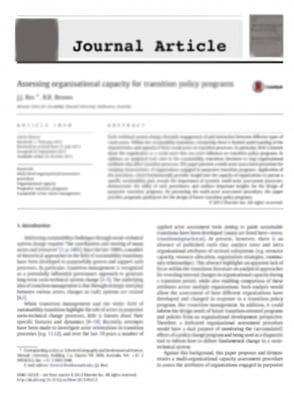Hydrologic shortcomings of conventional urban stormwater management and opportunities for reform.
Abstract
Conventional approaches to stormwater management for environmental protection fail because they do not address all of the changes to the flow regime caused by conventional stormwater drainage. In this paper, we contrasted the hydrologic effects of two conventional approaches to urban stormwater management – (a) drainage-efficiency focused and (b) pollutant-load-reduction focused – identifying their shortcomings and contrasting their hydrologic outcomes with those of a proposed alternative approach focused on restoring important elements of the natural flow regime. Under conventional approaches, both high-flow and low-flow hydrology remain perturbed. We suggest that urban stormwater management should emphasize the restoration or protection of natural hydrologic processes at small scales, with the aim of restoring natural flow regimes at larger scales downstream. We therefore suggest that, despite recent advances in managing stormwater to reduce pollutant loads and peak flow rates, a more complete approach is needed, one which includes as a goal the restoration or protection of ecologically important elements of the pre-development hydrograph. We propose an approach, flow-regime management, which aims as much as possible to restore and protect ecological structure and function of urban streams by retaining the pre-urban frequency of untreated storm flows, reducing the total stormwater runoff volume through evapotranspiration or harvesting, and delivering filtered flow rates to match pre-urban baseflow rates. We note, however, that the cumulative effects of urban stormwater management at smaller scales on catchment-scale hydrology are not yet fully understood.
